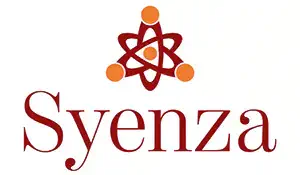Introduction
Advances in Machine Learning and Artificial Intelligence (AI) have the potential to transfigure the healthcare industry, offering tremendous benefits to patients. While predictive analytics using ML are already widely used in healthcare operations and care delivery, there is growing interest in exploring how ML can be applied to Health Economics and Outcomes Research (HEOR). The International Society for Pharmacoeconomics and Outcomes Research (ISPOR) established an emerging good practices task force specifically focused on the application of ML in HEOR. The task force identified five key areas where ML could enhance HEOR methodologies.
Machine Learning Functions
The first area is cohort selection, where ML can help identify samples with greater specificity in terms of inclusion criteria. This can lead to more accurate and targeted research, ultimately improving patient outcomes. The second area is the identification of independent predictors and covariates of health outcomes. ML algorithms can analyze large datasets to identify factors that contribute to specific health outcomes, providing valuable insights for researchers and policymakers.
Predictive analytics of health outcomes is another area where ML can make a significant impact. ML algorithms can analyze high-cost or life-threatening health outcomes, helping healthcare providers and policymakers make informed decisions and allocate resources effectively. The fourth area is causal inference, where ML methods such as targeted maximum likelihood estimation or double-debiased estimation can help produce reliable evidence more quickly. This can accelerate the research process and enable faster decision-making.
HEOR and Machine Learning: PALISADE Checklist
ML can be applied to the development of economic models, reducing structural, parameter, and sampling uncertainty in cost-effectiveness analysis. By leveraging ML algorithms, researchers can improve the accuracy and reliability of economic models, leading to more robust and informed decision-making. Overall, ML facilitates HEOR through the meaningful and efficient analysis of big data. However, there is a need for transparency in how ML methods deliver solutions, particularly in unsupervised circumstances. The lack of transparency increases the risk to providers and decision-makers when using ML results.
To address this issue, the task force developed the PALISADE Checklist. This checklist serves as a guide for balancing the potential applications of ML with the need for transparency in methods development and findings. By following this checklist, researchers and decision-makers can ensure that ML solutions are both useful and transparent in healthcare analytics.
Conclusion
As AI continues to advance, it is crucial for the healthcare industry to embrace these technologies and leverage their potential to improve patient outcomes and drive value-based healthcare. By incorporating ML into HEOR methodologies, researchers can gain valuable insights, enhance decision-making, and strengthen healthcare systems.





